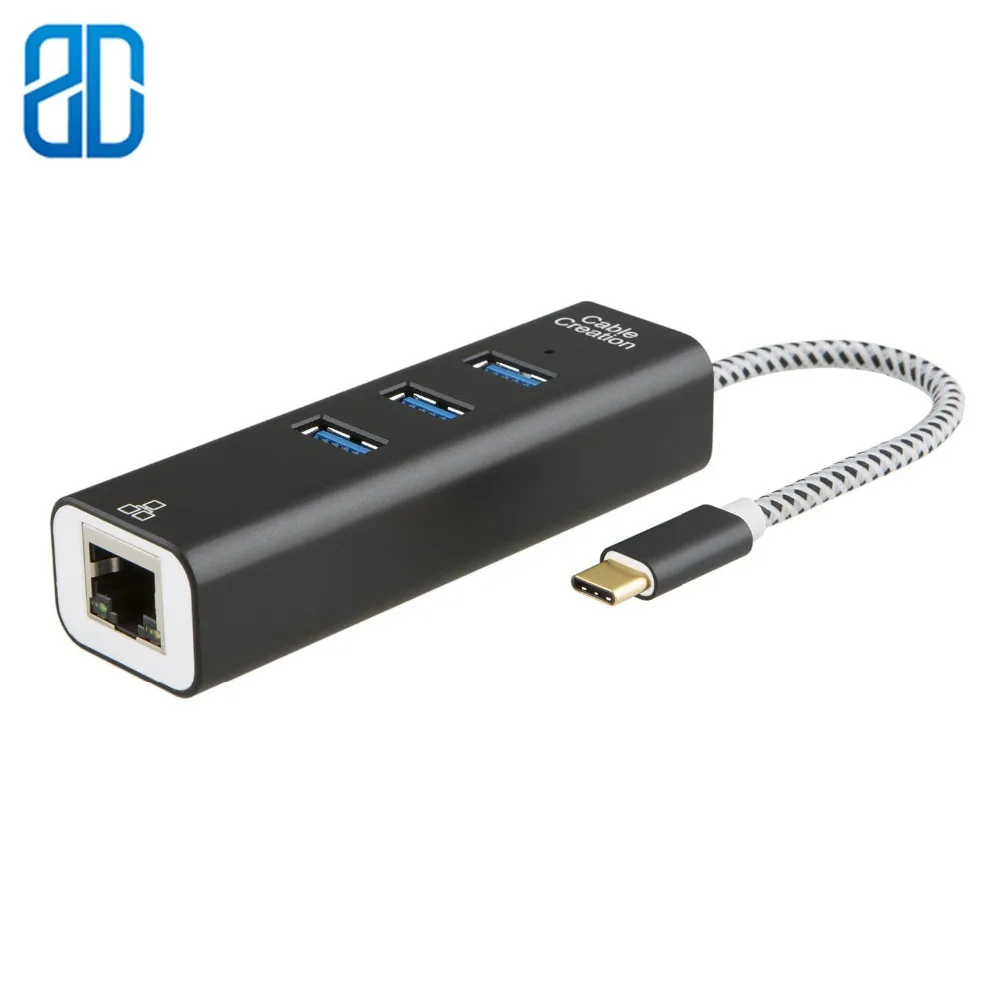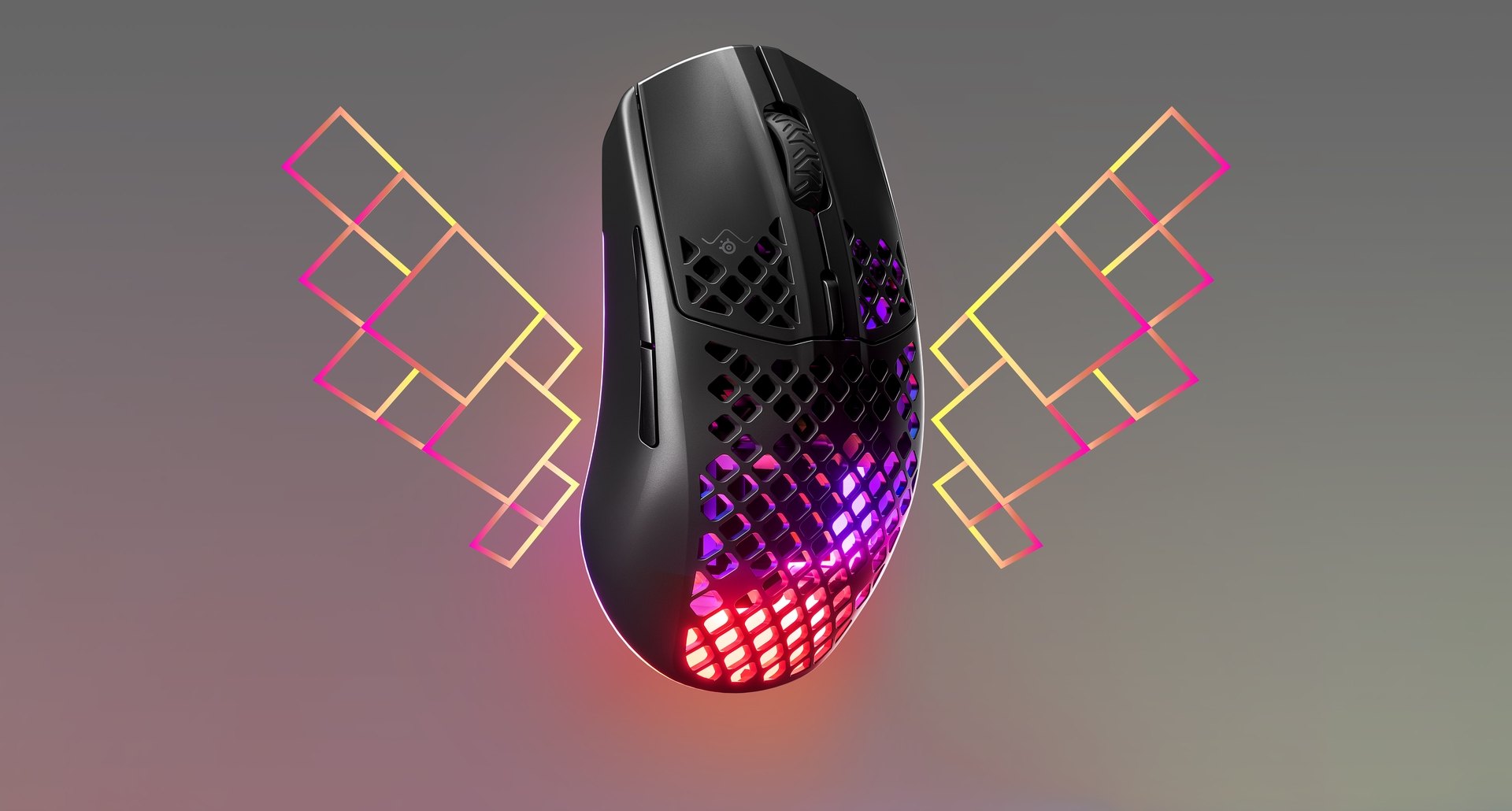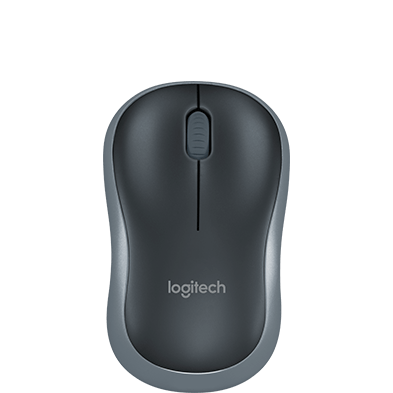There may be several issues that cause the mouse not to work properly with Microsoft Windows. This page contains solutions that may help.
The 'HID-compliant mouse' under 'Mice and other pointing devices' is the wireless mouse and the 'USB Optical Mouse' is the wired mouse. When I view device properties, it seems the computer is unable to detect the manufacturer of the USB Receiver and can't find a driver for the device that's compatible with its Hardware ID. I'm having the same issue with a Dell Latitude E7270 Laptop. Keyboard works initially (F8 and arrow keys) and then during 'starting Windows' it powers off as does the mouse. Both are in a dock and I can get the mouse to power up if I change ports but the mouse driver never installs. The keyboard won't power back on even using the laptops port. Type C Wireless Mouse, Jelly Comb 2.4G Wireless Mouse USB C Computer Cordless Mice with USB and Type C Receiver Compatible with Notebook, Computer, PC, Laptop, Computer, MacBook and all Type-C Device 4.5 out of 5 stars 4,493. Motherboard and computer manufacturers update hardware drivers periodically, including USB port drivers. USB mouse detection and functionality issues may be a result of outdated USB port drivers. Updated USB port drivers can fix mouse detection and functionality issues. Universal Serial Bus (USB) provides an expandable, hot-pluggable Plug and Play serial interface that ensures a standard, low-cost connection for peripheral devices such as keyboards, mice, joysticks, printers, scanners, storage devices, modems, and video conferencing cameras. Migration to USB is recommended for all peripheral devices that use legacy ports such as PS/2, serial, and parallel.
TipYou can use your keyboard to navigate in Windows or connect a different mouse that does work to access areas of Windows mentioned on this page. For help navigating using a keyboard, see: How to navigate Windows using a keyboard.
NoteIf you're having trouble with a touchpad mouse on a laptop, see: Why is my laptop mouse touchpad not working?
Computer frozen
When a computer freezes, the first sign is usually that the mouse has stopped responding. If your mouse pointer has suddenly stopped responding, follow these steps to determine if your computer is completely frozen.
Using the Num Lock key
Make sure the computer is not frozen by pressing the Num Lock key on the keyboard. When Num Lock is pressed repeatedly, the Num Lock indicator LED on your keyboard should turn on and off. If this indicator does not change, your computer is frozen; meaning all hardware on the computer (including the mouse) will not work. Reboot the computer to resolve this issue. If you don't have an indicator light, proceed to the next part of this section.
Keyboard doesn't have Num Lock indicator light
If your keyboard does not include the LED described in the previous section, anywhere in Windows, press the Ctrl+Alt+Del keys at the same time. This action should bring up a blue Windows options screen. You may leave this menu by pressing the Esc. If you are not taken to the blue screen within a few seconds, your computer is frozen. Reboot your machine to resolve this issue.
Hardware conflict
If any new hardware was recently installed on the computer, remove it to help verify the new hardware is not causing a conflict with your existing mouse.
Mouse is not connected correctly
Follow these steps to verify the mouse is connected correctly to the computer.
USB mouse
If you are using a USB mouse, disconnect the mouse cable and reconnect to a different USB port. If the mouse connects to a USB hub, try connecting the mouse to a USB port on the back of the computer.
Wireless mouse
- Make sure the wireless mouse is receiving power by checking for some indication of power (usually a light). If your mouse has a power switch, it's often on the bottom side.
- If the mouse doesn't appear to be on, replace the batteries.
- Make sure the wireless receiver is within range and is not blocked by too many objects.
- Disconnect the wireless USB adapter and try plugging it into a different port.
PS/2 mouse
With a PS/2 mouse, check the back of the computer to verify that it's plugged into the PS/2 mouse port and not the PS/2 keyboard. If the mouse has worked properly in the past (i.e., not a new mouse), shut down the computer and disconnect and reconnect the mouse.
NoteA PS/2 mouse should not be disconnected and reconnected while a computer is turned on.
TipIf the computer's keyboard works, shut down Windows properly by pressing the Windows key, and then using the arrow keys and Tab to select shut down.
Software or driver conflict
Boot into Windows Safe Mode. If the mouse is working in Safe Mode, there is likely a driver or software conflict. To fix this problem, follow the steps below.

- Expand the mouse (mice) option in Device Manager by clicking the + symbol.
- Remove all mice listed by highlighting each device and then pressing the Del on the keyboard.
Mouse driver outdated or missing
Check if a driver is installed for the mouse. You can check in the Device Manager for this. While Windows may have a standard or default driver for the mouse, installing a driver for your specific mouse may fix the issue. Check our mouse manufacturers list for links to many mouse manufacturer websites to download a driver for the mouse.
If a driver is installed for the mouse, we recommend you check for an update released since the installation of the driver. Updating the driver may fix issues with a non-functioning mouse.
Outdated USB driver

Motherboard and computer manufacturers update hardware drivers periodically, including USB port drivers. USB mouse detection and functionality issues may be a result of outdated USB port drivers.
Updated USB port drivers can fix mouse detection and functionality issues. Check our computer manufacturers list and motherboard companies list for links to manufacturer websites. You can visit the website of your mouse manufacturer to check for updated USB port drivers. If updated drivers are available, download and install the new drivers. Restart your computer and test the mouse to see if the updated drivers fix the issue.
Other USB driver issues
If your USB mouse does not work on the computer, the USB port drivers may be corrupt. Two options for trying to fix corrupt drivers are to restore Windows to a previous point when the USB mouse did work, or uninstall and reinstall the USB port drivers.
Activate Windows restore point
If your USB mouse worked previously, activate a Windows restore point to a date when the mouse worked on your computer.

Uninstall and reinstall USB port drivers

USB port drivers can get corrupted, causing a USB mouse not to work. Follow the steps below to uninstall and reinstall the USB port drivers.
NoteYou need to navigate Windows using your keyboard, for help navigating using the keyboard, see: How to navigate Windows using a keyboard.
- Using the Tab and arrow keys, highlight the Universal Serial Bus controllers entry in the Device Manager.
- Press the right arrow key to expand the devices under Universal Serial Bus controllers.
- Use the arrow keys to highlight a USB Composite Device or USB Root Hub entry and press Enter to open the properties window.
- In the properties window, using the Tab and arrow keys, access the Driver tab.
- On the Driver tab, use the Tab key to select the Uninstall Device button, then press Enter.
- On the Uninstall Device window, use the Tab key to highlight the Uninstall button and press Enter.
- For each USB Composite Device or USB Root Hub entry in the Device Manager, repeat steps 4 through 7 above.
- After uninstalling each USB port devices, restart Windows and your computer.
- When Windows loads, it should detect the USB port devices in your computer and reinstall them, including the drivers.
Operating system files corrupted
If the above solutions do not resolve the issue, there is a possibility of corrupt system files in the operating system. You may need to run an operating system repair using the system installation disc.
If you have a Windows restore point saved from when the mouse was working, restore your system to that state.
Other hardware issues
These hardware issues may also apply to you.
Drivers Compatible Usb Port Mouse Driver
Bad port
If the previous solutions did not solve the problem, try another mouse. If that mouse works, try the mouse that is not working with another computer. If multiple mice do not work, the problem is with the mouse port. If you're using the PS/2 or USB port on the back of the computer, the motherboard may be bad and needs to be replaced.
Bad mouse
Drivers Compatible Usb Port Mouse Connector
If the mouse doesn't work with any computer or the mouse wire is partially cut or frayed, the mouse needs to be replaced. It's cheaper to buy a new mouse than to try fixing a bad mouse.
Additional information
- See our mouse definition for further information and related links.
Universal Serial Bus (USB) provides an expandable, hot-pluggable Plug and Play serial interface that ensures a standard, low-cost connection for peripheral devices such as keyboards, mice, joysticks, printers, scanners, storage devices, modems, and video conferencing cameras. Migration to USB is recommended for all peripheral devices that use legacy ports such as PS/2, serial, and parallel ports.

The USB-IF is a Special Interest Groups (SIGs) that maintains the Official USB Specification, test specifications and tools.
Windows operating systems include native support for USB host controllers, hubs, and devices and systems that comply with the official USB specification. Windows also provides programming interfaces that you can use to develop device drivers and applications that communicate with a USB device.
| USB in WindowsWindows 10: What's new for USB Overview of new features and improvements in USB in Windows 10. USB FAQFrequently asked questions from driver developers about the USB stack and features that are supported in USB. Microsoft OS Descriptors for USB DevicesWindows defines MS OS descriptors that allows better enumeration when connected to system running Windows operating system Microsoft-provided USB driversUSB device-side drivers in WindowsA set of drivers for handling common function logic for USB devices. USB host-side drivers in WindowsMicrosoft provides a core stack of drivers that interoperate with devices that are connected to EHCI and xHCI controllers. USB-IF device class driversWindows provides in-box device class drivers for many USB-IF approved device classes, audio, mass storage, and so on. USB generic function driver–WinUSBWindows provides Winusb.sys that can be loaded as a function driver for a custom device and a function of a composite device. USB generic parent driver for composite devices–UsbccgpParent driver for USB devices with multiple functions. Usbccgp creates physical device objects (PDOs) for each of those functions. Those individual PDOs are managed by their respective USB function drivers, which could be the Winusb.sys driver or a USB device class driver. WDF extension for developing USB drivers
Get information about the tools that you can use to test your USB hardware or software, capture traces of operations and other system events, and observe how the USB driver stack responds to a request sent by a client driver or an application. Read an overview of tests in the Hardware Certification Kit that enable hardware vendors and device manufacturers to prepare their USB devices and host controllers for Windows Hardware Certification submission. Other Resources for USB Official USB SpecificationProvides complete technical details for the USB protocol. Microsoft Windows USB Core Team BlogCheck out posts written by the Microsoft USB Team. The blog focuses on the Windows USB driver stack that works with various USB Host controllers and USB hubs found in Windows PC. A useful resource for USB client driver developers and USB hardware designers understand the driver stack implementation, resolve common issues, and explain how to use tools for gathering traces and log files. OSR Online Lists - ntdevDiscussion list managed by OSR Online for kernel-mode driver developers. Windows Dev-Center for Hardware DevelopmentMiscellaneous resources based on frequently asked questions from developers who are new to developing USB devices and drivers that work with Windows operating systems. USB-related videos UWP apps for USB devicesUnderstanding USB 3.0 in Windows 8Building great USB 3.0 devicesUSB Debugging Innovations in Windows 8 (Part I, II, & III)USB hardware for learning MUTT devicesMUTT and SuperMUTT devices and the accompanying software package are integrated into the HCK suite of USB tests. They provide automated testing that can be used during the development cycle of USB controllers, devices and systems, especially stress testing. OSR USB FX2 Learning KitIf you are new to USB driver development. The kit is the most suitable to study USB samples included in this documentation set. You can get the learning kit from OSR Online Store. | Write a USB client driver (KMDF, UMDF) Introduces you to USB driver development. Provides information about choosing the most appropriate model for providing a USB driver for your device. This section also includes tutorials about writing your first user-mode and kernel-mode USB drivers by using the USB templates included with Microsoft Visual Studio. Write a USB host controller driverIf you are developing an xHCI host controller that is not compliant with the specification or developing a custom non-xHCI hardware (such as a virtual host controller), you can write a host controller driver that communicates with UCX. For example, consider a wireless dock that supports USB devices. The PC communicates with USB devices through the wireless dock by using USB over TCP as a transport.
You can develop a controller driver that handles all USB data transfers and commands sent by the host to the device. This driver communicates with the Microsoft-provided USB function controller extension (UFX). USB function class extension (UFX) reference Write a USB Type-C connector driverWindows 10 introduces support for the new USB connector: USB Type-C. You can write a driver for the connector that communicates with the Microsoft-provided class extension module: UcmCx to handle scenarios related to Type-C connectors such as, which ports support Type-C, which ports support power delivery. USB connector manager class extension (UcmCx) reference Write a USB dual-role controller driverUSB Dual Role controllers are now supported in Windows 10. Windows includes in-box client drivers for ChipIdea and Synopsys controllers. For other controllers, Microsoft provides a set of programming interfaces that allow the dual-role class extension (UrsCx) and its client driver to communicate with each other to handle the role-switching capability of a dual-role controller. For more information about this feature, see: USB dual-role controller driver programming reference Write a USB driver for emulated devicesWindows 10 introduces support for emulated devices. Now you can develop an emulated Universal Serial Bus (USB) host controller driver and a connected virtual USB device. Both components are combined into a single KMDF driver that communicates with the Microsoft-provided USB device emulation class extension (UdeCx). Emulated USB host controller driver programming reference Write a UWP appProvides step-by-step instructions about implementing USB features in a UWP app. To write such an app for a USB device you need Visual Studio and Microsoft Windows Software Development Kit (SDK) . Write a Windows desktop appDescribes how an application can call WinUSB Functions to communicate with a USB device. WinUSB functions Common programming scenariosList of common tasks that a driver or an app performs in order to communicate with a USB device. Get quick info about the programming interfaces you need for each task. USB samples Development tools Download kits and tools for Windows |

Comments are closed.